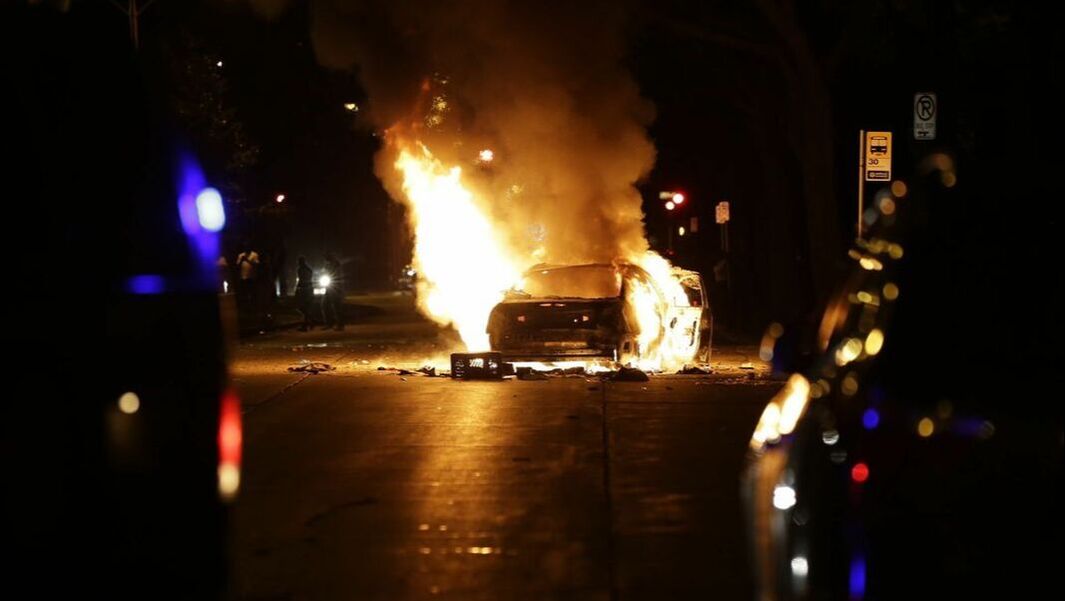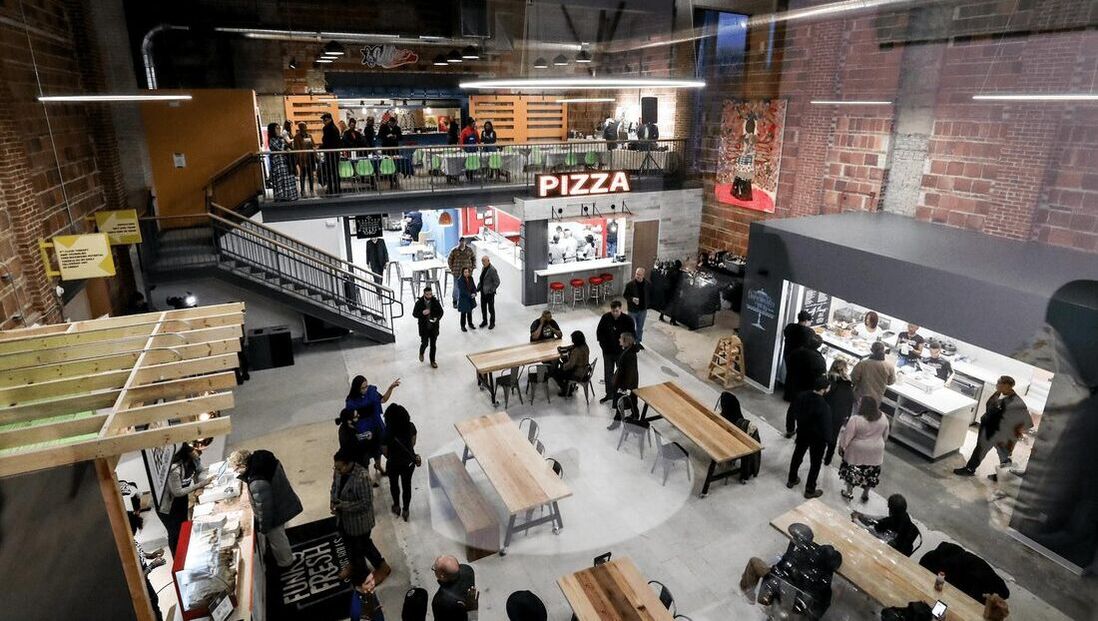MILWAUKEE ENVIRONMENTAL JUSTICE LAB
The Milwaukee Environmental Justice Lab at the University of Wisconsin Milwaukee is a multi-disciplinary consortium of university and community scholars engaged in practices of documentation, analysis, and action concerning environmental injustice in our communities. We focus on Milwaukee’s Northside neighborhoods.
Working class, poor, and racial minorities in Midwestern cities such as Milwaukee experience environmental injustice in the form of disparities such as unequal distribution of resources, inequitable policies, and a history of discrimination. Milwaukee’s highly segregated and economically devastated Northside neighborhoods lack basic amenities—the result of a historical pattern of racist policies and perpetuated stigmas. The problems that the City of Milwaukee faces are pervasive across the United States. America’s urban centers are still reeling from the effects of racist housing practices, inadequate access to public transit in low-income neighborhoods, misallocation of food resources across urban regions, health disparities across class and racial divides, chemical poisoning and unsafe living conditions, and mass incarceration. The challenges facing Milwaukee are common to other cities across the United States. Perhaps because these challenges are so ubiquitous, they have been overlooked and even normalized. Our chosen sites of study, Sherman and Washington Parks, offer narratives of environmental injustice that exist across the country, and the world. The residents of these neighborhoods also offer us grassroots solutions and resilient strategies to resist forces of injustice.
THE PROBLEM |
THE SOLUTION |
|
On August 13, 2016, Milwaukee police shot and killed 23-year-old African American youth Sylville Smith in Sherman Park, sparking three days of unrest that left dozens injured and arrested. Night curfew was enforced, and the national media feasted on the sensational story of inner-city violence, airing footage of burning cars and using signifying language like “riots” and “unrest.”
In their coverage of the uprising, the New York Times said, “The burning buildings, smashed police cars and scuffles between police officers and angry protesters … might have seemed like a spontaneous eruption. But for many in the city’s marginalized black community, it was an explosive release decades in the making.” The article points to Milwaukee’s long history of segregation as fuel for the flames. Yet segregation is not the sole culprit of these environmental injustices. Rather, segregation fostered other oppressive forces--neoliberalism, deindustrialization, mass incarceration—all of which tore apart the fragile economic fabric of Milwaukee’s black community. Wisconsin locks up black men at a higher rate than any another state in the country, approximately twice the national average. In zip code 53206, one of Milwaukee’s most segregated zip codes, the poverty rate is six times higher than that of the neighboring suburbs. This is what Clarissa Hayward and Todd Swanstrom call “thick injustice”—injustices that overlap and compound, making them both difficult to name and nearly impossible to change. These injustices are thick. Visiting Sherman Park today, we see signs of disinvestment and disenfranchisement throughout the neighborhood, most often taking shape in the form of what’s missing. Brownfields abound where once there were factories, convenience stores serve as poor proxies for grocery stores, and young black men are locked up and out of the public eye. Historic practices of racial discrimination and segregation live on through more subtle and (sometimes quite literally) poisonous forms of injustice. This all sets the scene for the events of 2016. Yet despite what Sherman Park may look like—to us or to the media—what we see is not the lived reality of the place. |
Since the uprising, some residents of Sherman Park have rechristened their neighboring blocks as “Center Peace.” “Center” for nearby Center Street, “Peace” as an acknowledgement of residents’ ongoing determination to resist crime and violence. Peace is their response to the long history of neglect and racism that led to the uprising. This tension is at the core of how injustice and resistance coincide every day in the world of Sherman Park.
In the Environmental Justice Lab, we are fortunate to work alongside some of the members of this resistance. Camille Mays began planting Peace Gardens around the neighborhood to take the place of roadside memorials and bring new life into Sherman Park’s green spaces. Reggie Jackson left teaching in Milwaukee Public Schools to take on the much more challenging classroom of Milwaukee’s residents at large. Mayhoua Moua has dedicated her career to meeting the health needs of Southeast Asian immigrants and refugees, ensuring that healthy food options and nutrition education are available to those who need it. Working with these three co-instructors, we have witnessed firsthand the neighborhood’s response to environmental injustice. Clearly, this response is multifaceted: it engages every aspect of the human experience including transit, housing, food, health, safety, and aesthetics. In the pages that follow, we present the evidence of our efforts to expound upon both the injustices themselves, and on the acts of resistance we witness within the neighborhood. We do this to demonstrate how complex and embedded these problems are, not only in Sherman Park, but in Milwaukee and the United States as whole. As outsiders, we read the neighborhood as neglected. We interpreted from broken windows and visible poverty that the neighborhood’s residents did not care, that there was more decay and decline in the North Side than there was life--but we couldn’t have been further from the truth. The Milwaukee Environmental Justice Lab, and the stories contained within it, seek to undo this thick injustice. Sherman Park is not burning, but it is bright. We welcome you to Milwaukee’s North Side. |


